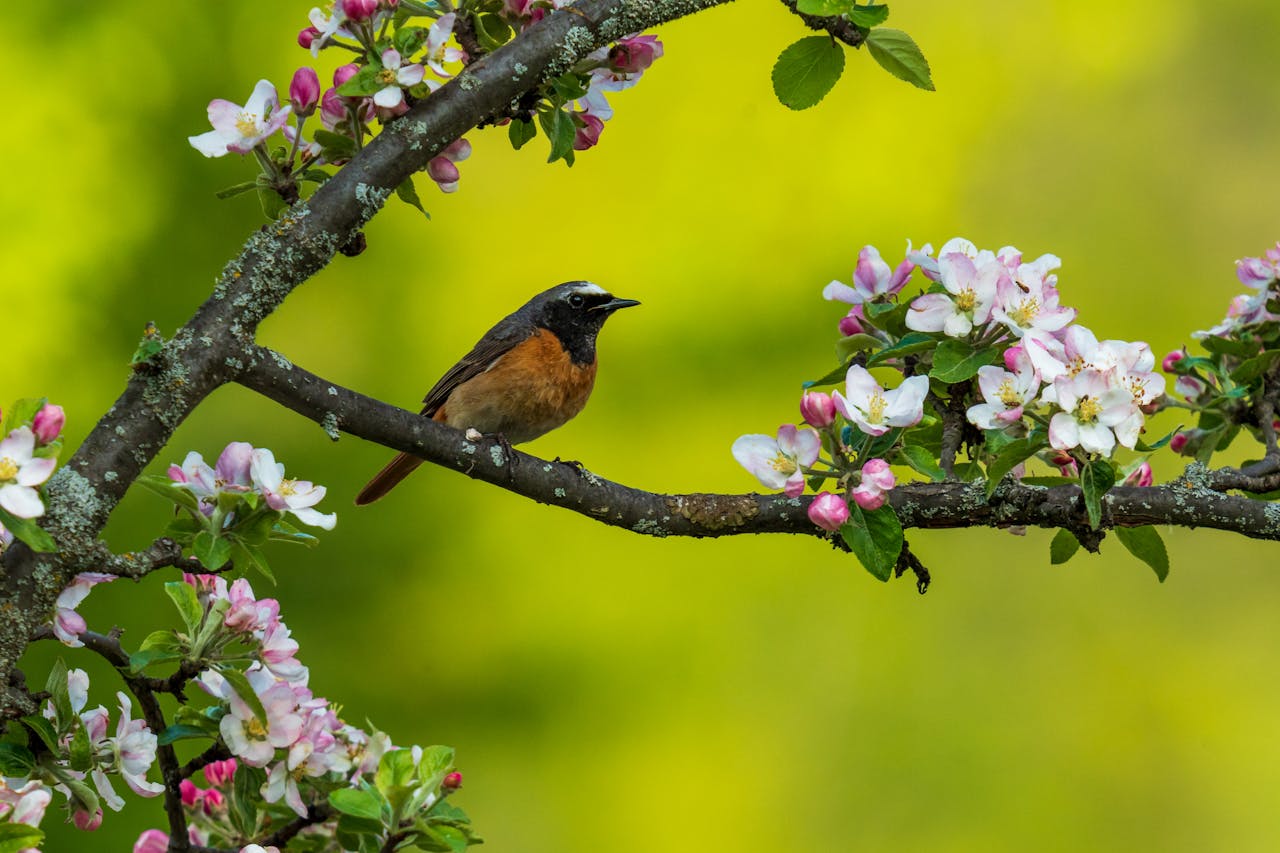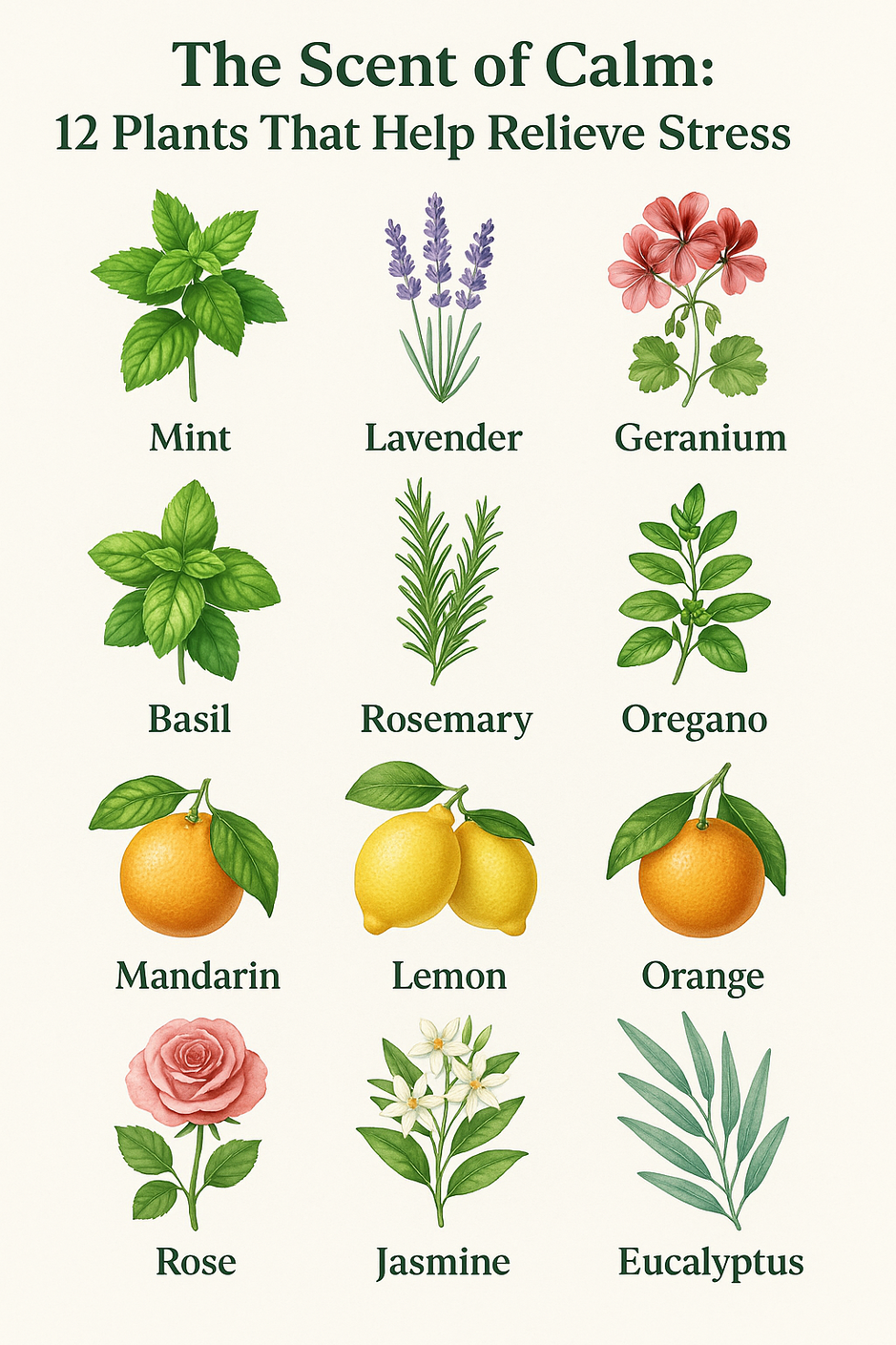
How to Create a Pollinator-Friendly Garden: Attracting Bees, Butterflies, and Birds
Introduction: A pollinator-friendly garden is essential for supporting the health and diversity of local ecosystems. Pollinators such as bees, butterflies, and birds play a crucial role in the reproduction of many plants, including those that provide food for humans. By designing your garden to attract and support these vital creatures, you can contribute to their conservation while enhancing the beauty and productivity of your outdoor space. This guide offers specific strategies to create a haven for pollinators in your garden.
1. Selecting Pollinator-Friendly Plants:
a. Choosing Nectar-Rich Flowers: Plant a variety of nectar-rich flowers that provide sustenance for pollinators. Opt for native species such as coneflowers, black-eyed Susans, and bee balm. These plants are well-suited to your local climate and attract a range of pollinators. Additionally, choose flowers with different bloom times to ensure a continuous food source throughout the growing season.
b. Incorporating Host Plants for Butterflies: Include host plants that cater to the needs of butterfly larvae. For example, milkweed is essential for monarch caterpillars, while dill and parsley are favored by swallowtail butterflies. Planting these species helps support the complete life cycle of butterflies, from eggs to larvae to adults.
2. Creating Diverse Habitats:
a. Providing Nesting Sites for Bees: Create nesting sites for solitary bees, which are important pollinators. Install bee hotels made from bamboo tubes, drilled wood blocks, or bundles of twigs. Place these hotels in a sunny, sheltered location to provide a safe place for bees to lay their eggs and overwinter.
b. Adding Water Sources: Incorporate shallow water sources to provide drinking and bathing opportunities for pollinators. Use birdbaths, small ponds, or saucers filled with pebbles and water. Ensure the water source is clean and has a gentle slope or perches for pollinators to land safely.
3. Reducing Pesticide Use:
a. Opting for Organic Pest Control: Minimize the use of chemical pesticides, which can harm pollinators. Instead, use organic pest control methods such as neem oil, insecticidal soap, or diatomaceous earth. These alternatives are less toxic and help maintain a healthy balance of beneficial insects in your garden.
b. Encouraging Natural Predators: Attract natural predators like ladybugs, lacewings, and predatory beetles to control pest populations. These beneficial insects help manage garden pests without the need for harmful chemicals. Provide habitat features such as leaf litter and flowering plants to support these predators.
4. Designing Pollinator-Friendly Spaces:
a. Creating a Pollinator Meadow: Transform a portion of your garden into a pollinator meadow by planting a diverse mix of wildflowers and grasses. Meadows provide a rich habitat for pollinators and create a visually appealing, low-maintenance space. Choose a mix of species that bloom at different times to ensure year-round forage.
b. Building a Butterfly Garden: Design a dedicated butterfly garden with a mix of nectar-rich flowers, host plants, and sunny spots for basking. Include features such as flat stones or benches where butterflies can warm themselves. A well-designed butterfly garden creates a welcoming environment for these beautiful insects.
5. Supporting Pollinator Conservation:
a. Participating in Pollinator Citizen Science: Get involved in citizen science projects that monitor and support pollinator populations. Programs like Monarch Watch or Pollinator Partnership provide valuable data and help raise awareness about pollinator conservation. Your participation can contribute to broader efforts to protect these essential creatures.
b. Educating Others: Share your knowledge about pollinator-friendly gardening with friends, family, and community members. Host garden tours, workshops, or informational sessions to promote the importance of pollinators and encourage others to create their own pollinator-friendly spaces.
6. Sustainable Practices for Pollinator Gardens:
a. Composting and Mulching: Use compost and organic mulch to improve soil health and reduce the need for synthetic fertilizers. Composting kitchen scraps and garden waste creates nutrient-rich soil that supports healthy plant growth and reduces the need for chemical inputs.
b. Water Conservation: Implement water-saving practices such as rainwater harvesting and drip irrigation to provide efficient watering for your garden. Watering early in the morning or late in the evening helps reduce evaporation and ensures that pollinator plants receive adequate moisture.
Conclusion: Creating a pollinator-friendly garden is a rewarding way to support the health of local ecosystems while enhancing the beauty and productivity of your outdoor space. By selecting nectar-rich plants, providing nesting sites, reducing pesticide use, and implementing sustainable practices, you can create a welcoming environment for bees, butterflies, and birds. Embrace these strategies to transform your garden into a vibrant haven for pollinators and contribute to their conservation.
Recent articles from Gardening

Designing a Seasonal Pollinator Garden: Year-Round Strategies for Supporting Local Wildlife
Introduction: A seasonal pollinator garden is designed to offer continuous support to pollinators throughout the year, providing them with essential resources as the seasons cha...

How to Grow a Potted Rose at Home: Bush, Chinese, Patio, and Cordana Roses
Roses are beautiful yet finicky flowers. Without proper care, they may stop blooming, and their leaves might develop rust or white spots. In this guide, we'll share tips for choosing, buying, an...

The Scent of Calm: 12 Plants That Help Relieve Stress
Gallup Global Emotions Report 2023 found that 44% of people worldwide experienced "a lot of stress" the day before the survey—matching or exceeding previous highs. Stress levels...